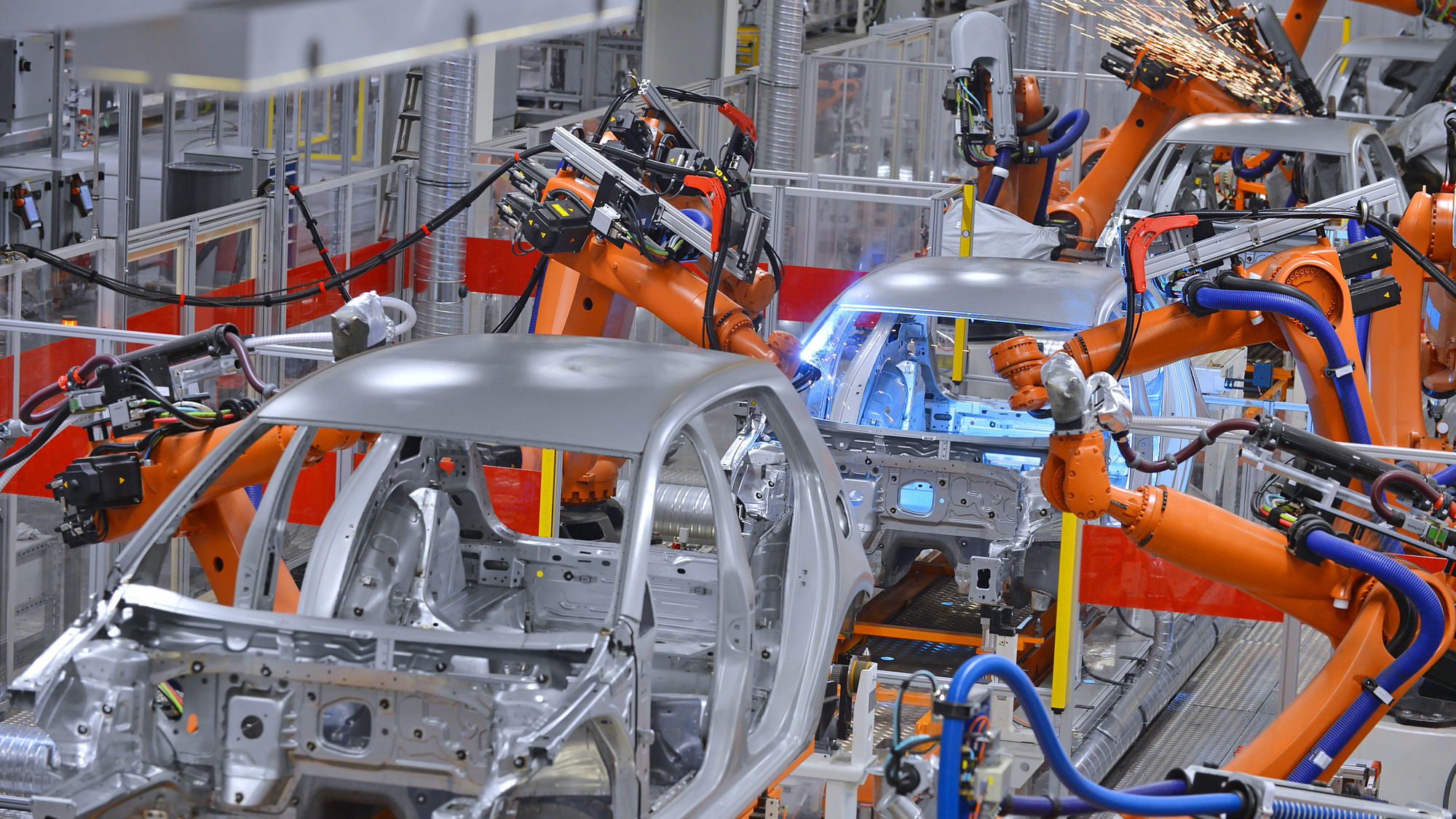

Companies often invest in automation with the expectation of increased profits and productivity, but that might not always be the case. A recent study indicates businesses are likely to see diminished returns from automation—at least initially. What’s more, becoming too focused on robotic integration could hurt a company’s ability to differentiate itself from its competitors.
According to a new review of European and UK industrial data between 1995 and 2017, researchers at the University of Cambridge determined that many businesses experienced a “U-shaped curve” in profit margins as they moved to adopt robotic tech into their production processes. The findings, published on August 2 in IEEE Transactions on Engineering Management, suggest companies should not necessarily rush towards automation without first considering the wider logistical implications.
[Related: Workplace automation could affect income inequality even more than we thought.]
“Initially, firms are adopting robots to create a competitive advantage by lowering costs,” said Chandler Velu, the study’s co-author and a professor of innovation and economics at Cambridge’s Institute for Manufacturing. “But process innovation is cheap to copy, and competitors will also adopt robots if it helps them make their products more cheaply. This then starts to squeeze margins and reduce profit margin.”
As co-author Philip Chen also notes, researchers “intuitively” believed more robotic tech upgrades would naturally lead to higher profits, “but the fact that we see this U-shaped curve instead was surprising.” Following interviews with a “major American medical manufacturer,” the team also noted that as robotics continue to integrate into production, companies appear to eventually reach a point when their entire process requires a complete redesign. Meanwhile, focusing too much on robotics for too long could allow other businesses time to invest in new products that set themselves apart for consumers, leading to a further disadvantage.
[Related: Chipotle is testing an avocado-pitting, -cutting, and -scooping robot.]
“When you start bringing more and more robots into your process, eventually you reach a point where your whole process needs to be redesigned from the bottom up,” said Velu. “It’s important that companies develop new processes at the same time as they’re incorporating robots, otherwise they will reach this same pinch point.”
Regardless of profit margins and speed, all of this automation frequently comes at huge costs to human laborers. Last year, a study from researchers at MIT and Boston University found that the negative effects stemming from robotic integrations could be even worse than originally believed. Between 1980 and 2016, researchers estimated that automation reduced the wages of men without high school degrees by nearly nine percent, and women without the same degree by around two percent, adjusted for inflation.
